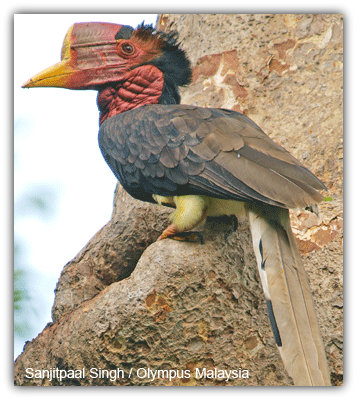
Hornbills are found in tropical and subtropical Africa, Asia and Melanesia. The helmeted hornbill is the largest of the birds within the hornbill family. These birds get part of their name from the helmet-like shape perched on the upper part of their bill. Males fight each other for territory by ramming into each other with their “helmets”. The real name for the helmet shape is casque. It’s made of keratin, the same substance that comprises human fingernails and rhino horns.
Many people know about the terrible threat to elephants and rhinos who get poached for their valuable tusks, but not much is said about how endangered this bird is for their poached "helmets", so fewer people are aware of the threat to their existence. They are protected in China and on the endangered list, but it's not doing much good because it doesn't stop the illegal trade. It's interesting that China's desire and demand for “hornbill ivory” or "golden jade" as it’s called, is nothing new. Since before the Ming Dynasty, hornbills have been used for carving.
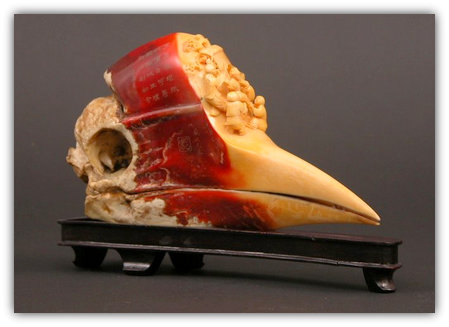
What makes this particular hornbill unique out of the other nearly 60 hornbill species is that their casque is solid instead of hollow. It is so prized as a source of carving material for jewelry and trinkets that it is worth five times that of elephant ivory. Demand is increasing over recent years and it’s driving these magnificent birds very close to the edge of extinction. Another threat to the helmeted hornbill birds is the need for a healthy tropical forest to live in, yet these forests are rapidly disappearing.
".. hornbills need large areas of forest to find enough fruit to sustain themselves. In the process, the animals provide an invaluable service to many tree species: transporting the seeds contained within their fruit far enough away from the “mother tree” that they can germinate. "
Photographer, Tim Laman
These beautiful items only serve to destroy the beautiful birds from
where they came. Never buy trinkets or sculptures made from hornbills, elephants, or rhinos.
"Females nest in tree hollows, sealing the entrance with mud while she incubates her unhatched eggs. A little hole is left for the male to pass food to her while she's on maternity leave. Once the eggs hatch she breaks out and reseals the entrance again, this time leaving a hole for the pair to feed their chicks." source
Like all of our magnificent creatures that are threatened with extinction, our greatest hope to help them is through education, awareness, and love.
How can we help helmet hornbills and the environment at home?
1. We need to teach ourselves more about what is going on with these birds. Look up more about what is happening to their habitats.
2. We can help by not throwing things on the ground like plastic bottles and cartons. Instead throw it in the recycle bin and help the planet too!
3. We could try viable and biodegradable products...also by never buying products made from endangered animals!
4. Another way to help the environment is to turn your lights off and go outside. Maybe while you're outside you can start a group in your community to raise money to help save the endangered animals.
5. Never buy ivory - old or new. It creates a demand every single time you buy it. Demand is what drives supply. Also, never buy something made with rhino horns or from birds.
http://www.takepart.com/article/2015/01/27/bird-whose-beak-worth-more-ivory-poachers
http://www.realmonstrosities.com/2011/03/helmeted-hornbill.html
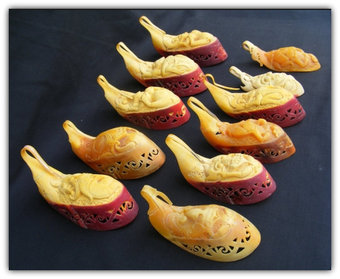
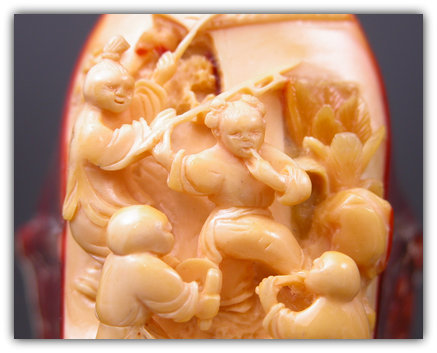
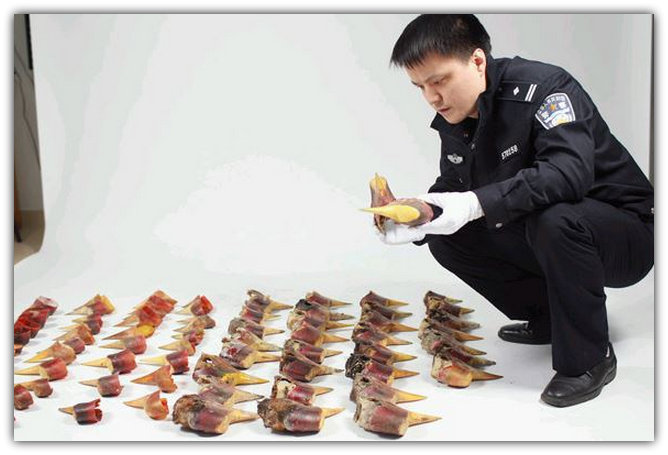

 RSS Feed
RSS Feed
